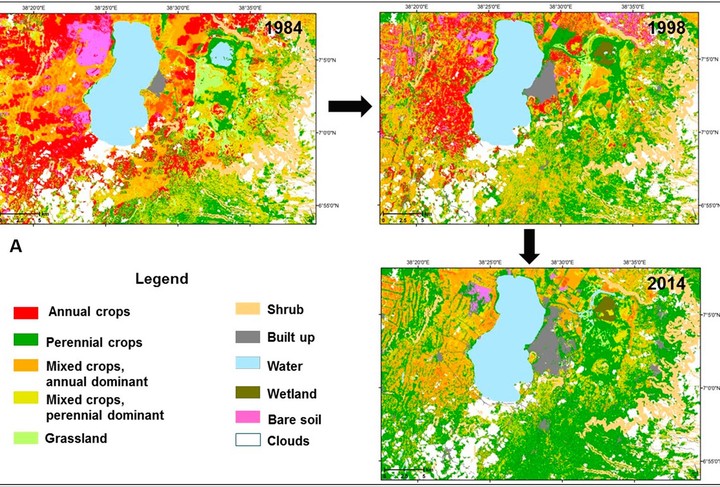Drivers, farmers' responses and landscape consequences of smallholder farming systems changes in southern Ethiopia

Abstract
Ethiopia is now the second most populated country in Africa with more than 100 million people and an annual population growth rate of 3%. Here, we assess how the on-going expansion of arable land and urban areas is affecting the availability of common resources, such as forest and grazing land, and the availability of biomass for food, feed, and energy. Taking the Hawassa area in the Rift Valley of Ethiopia as a study case, this study aims at analysing the drivers of change of farming systems, assessing farmers’ responses to these drivers and appreciating the consequences for the agricultural landscapes’ composition. We found that (i) national-level policies, climate and soil fertility changes, population increase, and urban expansion were major drivers of farming systems change in the Hawassa area, (ii) forests and grasslands have been progressively replaced by cropland and urban areas, and (iii) these changes resulted in fragmentation and diversification of local agricultural landscapes with potential consequences for ecosystem service provision. Farmers responded with the following three main livelihood strategies; consolidation, diversification and specialization. These changes led to more diverse and fragmented agricultural landscapes. This research contributes to the ongoing debate about the viability of small farms.